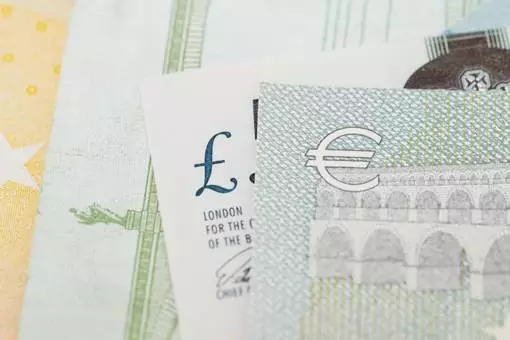Italy back in recession as its economic woes continue
- 12th August 2014
- Business & Economy

One of Europe’s biggest economies shows few signs of improvement, since Italy has gone back into recession.
Italy’s economy has been a cause for concern for years. But while its neighbours such as Spain took a hit from the global financial crisis and are beginning to emerge on the other side, the southern European nation is still stuck in the mud. If anything, it’s just slid a little deeper, according to new growth figures published on 7 August.
Gross domestic product fell by 0.2 per cent in the second quarter of this year, after slipping by 0.1 per cent in the previous three months. After two consecutive quarters of contraction, Italy is now officially classified as havingslipped back into a recession – the third in six years.
Why is Italy in recession?
Economic definitions aside, it’s probably fair to say that this isn’t a new recession. There has only been one quarter in the past three years where the nation reported growth – at a rate of just 0.1 per cent – so in fact, it’s more likely that the recession never ended.
To an extent, Italy suffered as a result of the global financial crisis like so many other countries did, both inside and outside of the eurozone. The implications of those events led to debt crises in a number of EU economies. But whereas Spain and the Republic of Ireland are showing signs of coming out the other side, Italy has not enforced austerity measures as those nations have done and is still very much in the mire.
One of the most significant differences between Europe’s third-biggest economy and many of its European neighbours is simply that it was struggling to begin with. The Italian economy has underperformed compared to Germany, France and Spain virtually since the introduction of the single currency – and as Callum Pickering points out in the Business Spectator, that has largely been a result of a long-running fall in productivity.
What’s being done?
Various governments have tried to make changes that could kickstart growth in the economy, but few have had an effect. New prime minister Matteo Renzi promised a wave of reforms after he was elected in February, but little has come of this apart from a tax cut for lower-paid workers.
Beyond the confines of domestic policy there have been rumours that the European Central Bank could be forced to step in, but president Mario Draghi has so far been reluctant to do this.
Economics correspondent Phillip Inman says in the Guardian that if there is a run on Italian debt as investor confidence drops even further, the central bank may have no choice but to get involved. Crucially, a lack of growth and low inflation mean that Italy is not managing to pay down the interest on its debts – so the overall debt burden is still growing.
What next?
In the short term, there has been talk of an emergency budget to push through new reforms and manage the immediate debt. Yet ultimately, it might be that business reform is needed to boost productivity.
That’s a difficult problem to solve, and little progress has been seen so far. Either way, Italy needs to see major reforms before the economy will really start to get back on its feet. GDP is still nine per cent below the levels seen in 2007 before the financial crisis hit and, in real-terms, GDP is at its lowest since 2000.
Essentially, Italy is now 14 years behind schedule and will have lots of work to do to catch up.
Other News
What Role Does Motivation Play in Managing an Organisation?
What role does motivation play in managing an organisation? Motivation is one of the major factors for driving success. If…
The impact of the Brexit deal on the accountancy sector
After months of uncertainty and political wrangling, a Brexit deal was finally announced on Christmas Eve 2020. The deal includes…
5 Essential elements of a winning business development plan
The first step to building or expanding a business is creating a concrete business development plan. Entrepreneurs will find plenty…



